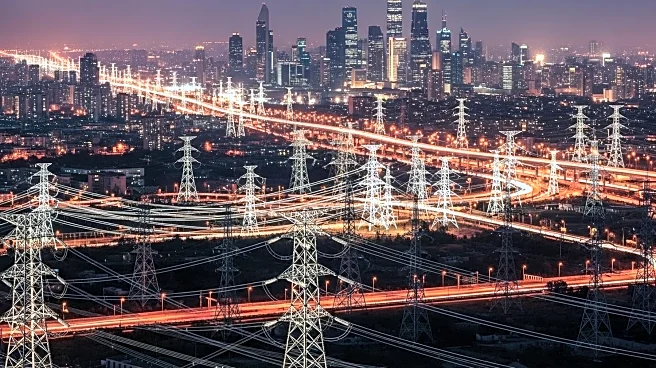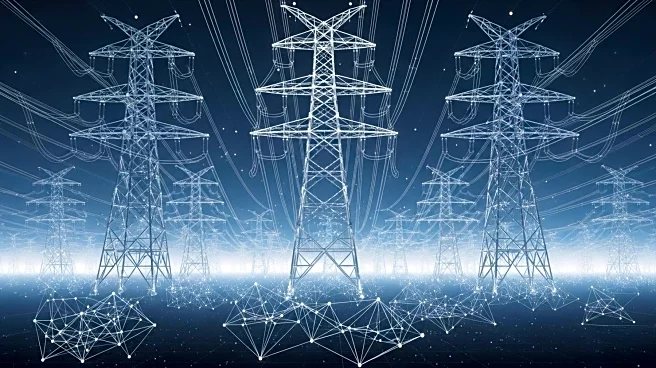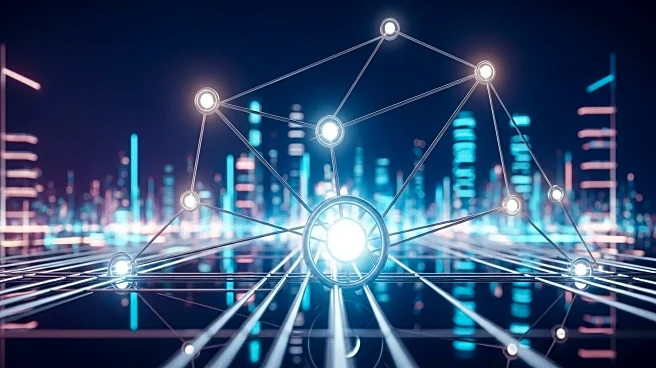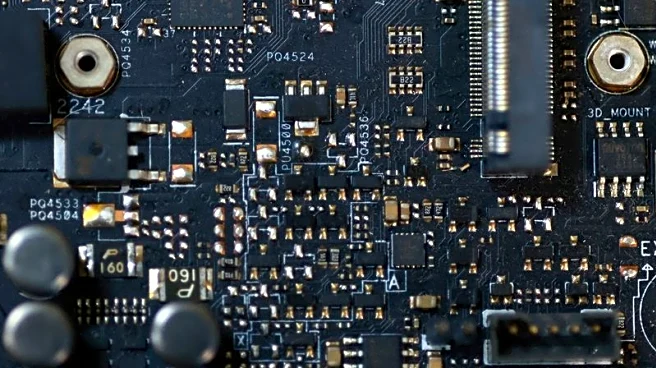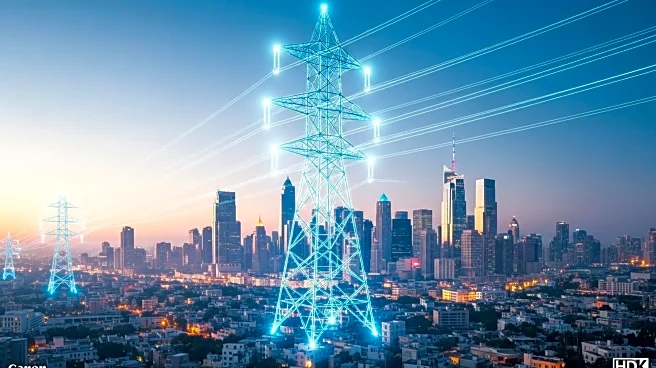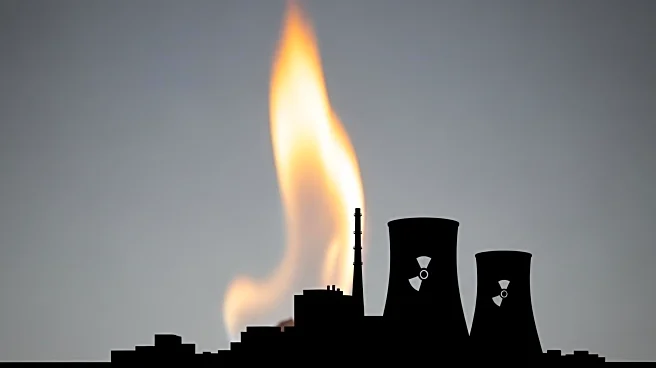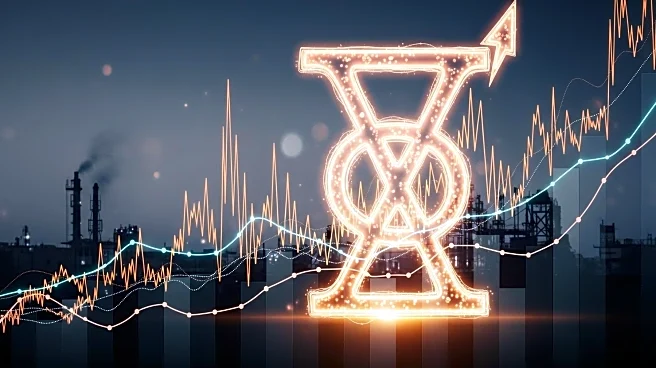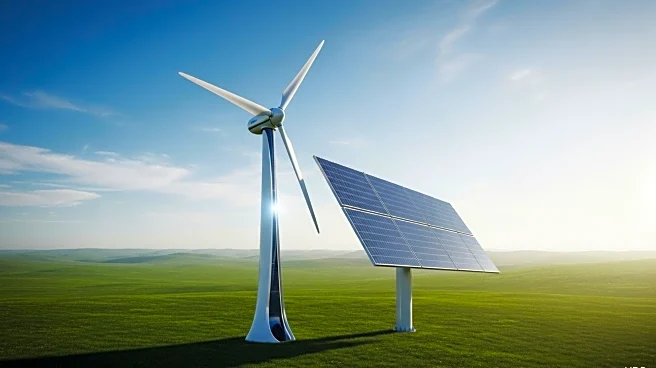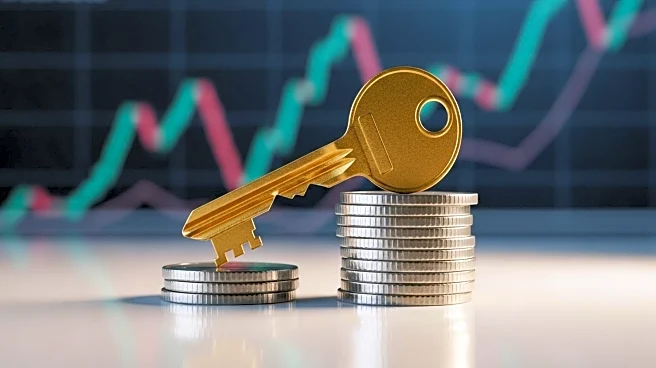What's Happening?
Investor-owned utilities in the U.S. are preparing to invest $1.1 trillion in grid upgrades and expansions by 2029, according to the Edison Electric Institute. This significant capital expenditure is driven by increasing electricity demand and the need to enhance infrastructure reliability. The demand surge is largely attributed to the growing number of data centers and electric vehicles, which are expected to account for a substantial portion of the projected 128 GW increase in U.S. electricity demand by 2029. Utilities are also focusing on improving grid security and reliability, as well as integrating renewable energy sources into the grid. The industry has seen a consistent rise in generation investments over the past four years, reflecting the urgency to address these challenges.
Why It's Important?
The planned investment by utilities is crucial for maintaining grid reliability and meeting the rising electricity demand in the U.S. As data centers and electric vehicles continue to proliferate, the strain on existing infrastructure could lead to reliability issues if not addressed. The $1.1 trillion investment will help modernize the grid, integrate renewable energy sources, and potentially reduce the risk of outages. This development is significant for various stakeholders, including consumers who may face higher electricity bills, and businesses that rely on stable power supply for operations. The investment also highlights the ongoing transition towards cleaner energy sources, which could have long-term environmental benefits.
What's Next?
Utilities are expected to continue their focus on infrastructure improvements and renewable energy integration. As the demand for electricity grows, further investments may be necessary to ensure grid stability and reliability. Regulatory bodies will likely play a role in overseeing these investments to ensure they align with public interest and environmental goals. Additionally, the industry may face challenges related to financing and regulatory approvals, which could impact the pace of infrastructure development.
Beyond the Headlines
The investment in grid infrastructure could have broader implications for the U.S. energy landscape. It may accelerate the shift towards renewable energy, reduce carbon emissions, and enhance energy security. However, the financial burden of these investments could lead to higher electricity rates for consumers, raising concerns about affordability and access to energy. The focus on grid security and reliability also underscores the importance of protecting critical infrastructure from cyber threats and natural disasters.

